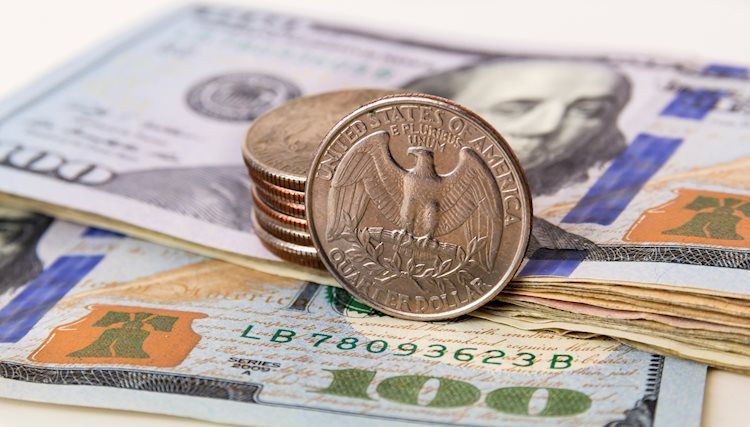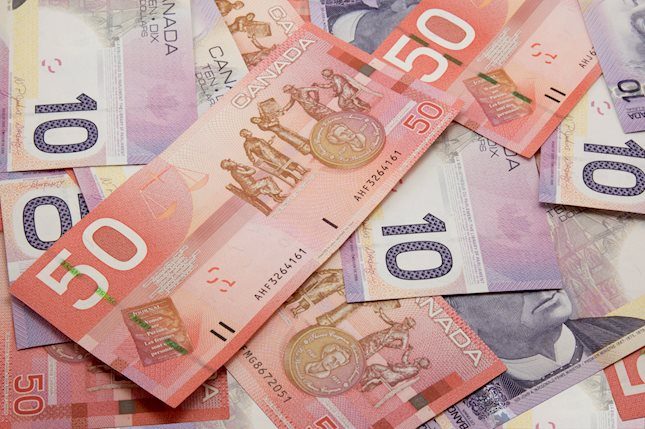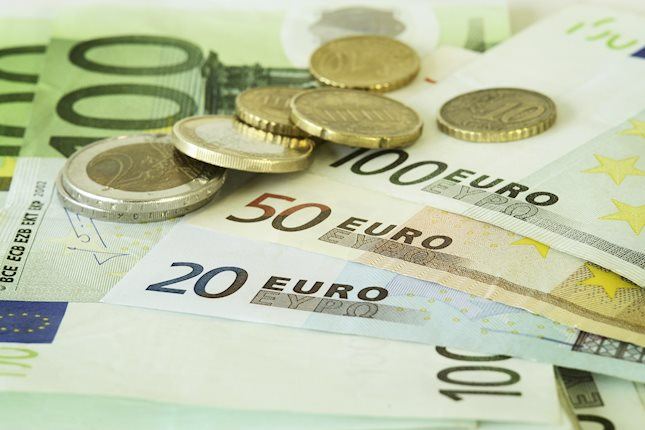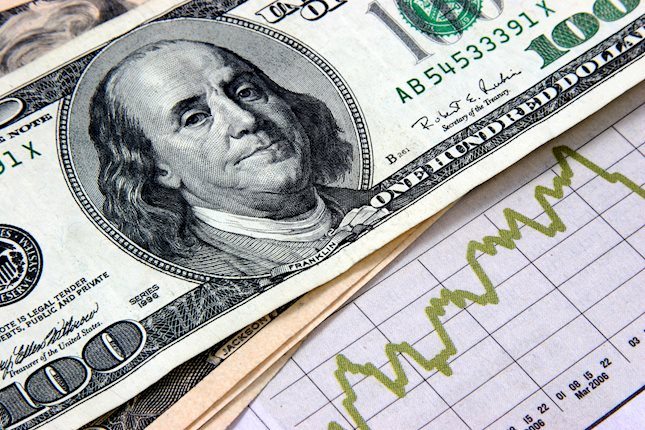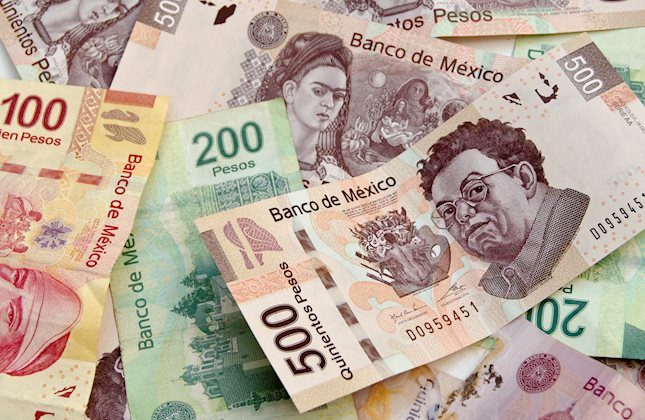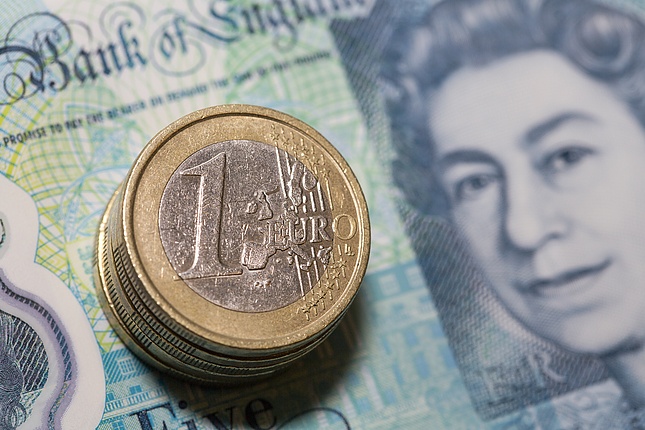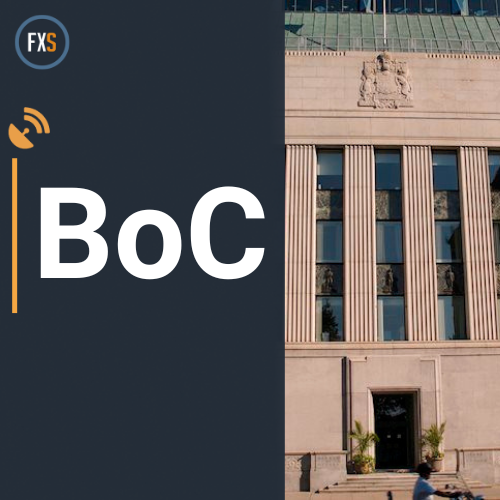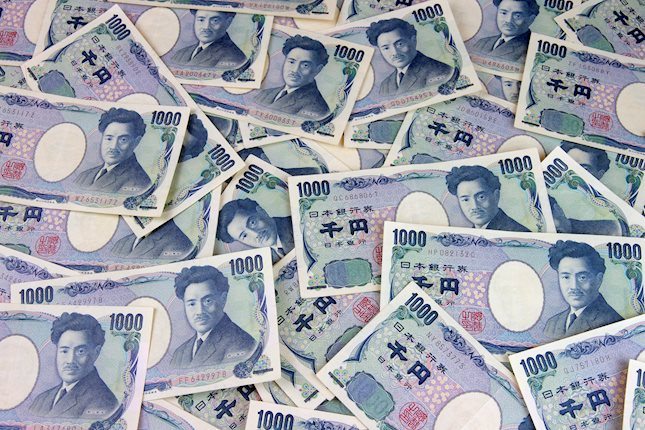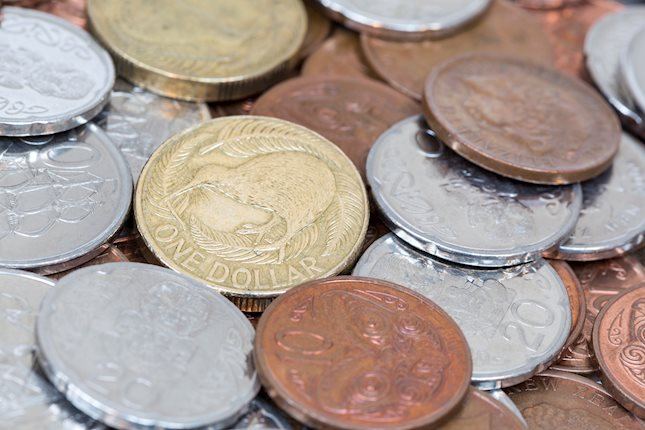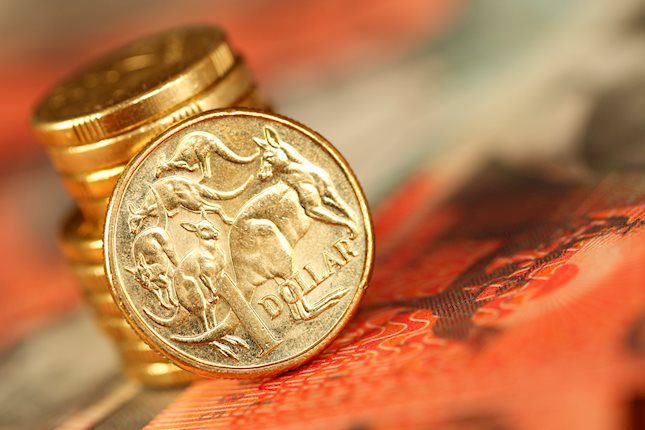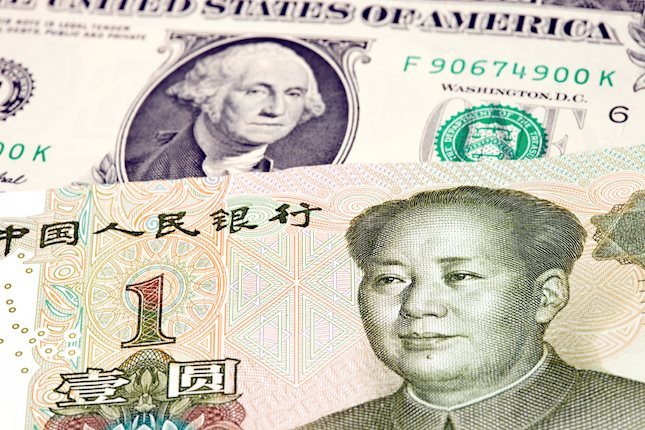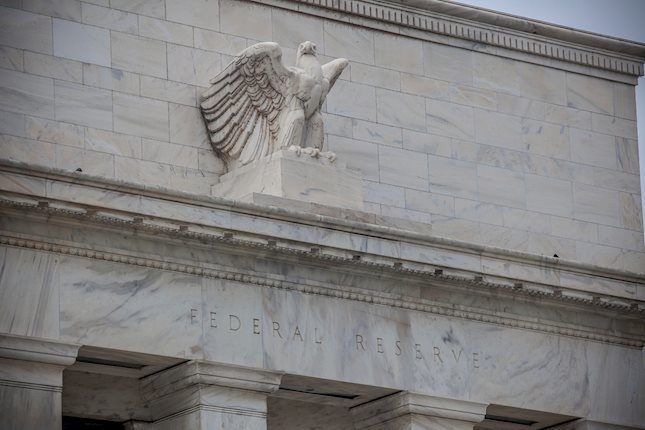Forex Today: Choppy action continues ahead of BoC rate decision, more central bank speak
Here is what you need to know on Wednesday, October 23:
The action in financial markets remain choppy early Wednesday following a relatively quiet Tuesday. The Bank of Canada (BoC) will announce monetary policy decisions later in the day. The US economic calendar will feature Existing Home Sales data for September and the Federal Reserve (Fed) will publish its Beige Book in the American session. Meanwhile, investors will keep a close eye on comments from major central bankers throughout the day.
US Dollar PRICE This week
The table below shows the percentage change of US Dollar (USD) against listed major currencies this week. US Dollar was the strongest against the Japanese Yen.
| USD | EUR | GBP | JPY | CAD | AUD | NZD | CHF | |
|---|---|---|---|---|---|---|---|---|
| USD | 0.61% | 0.49% | 1.78% | 0.05% | 0.52% | 0.55% | 0.32% | |
| EUR | -0.61% | -0.18% | 1.10% | -0.50% | -0.12% | -0.16% | -0.37% | |
| GBP | -0.49% | 0.18% | 1.29% | -0.44% | 0.04% | 0.06% | -0.22% | |
| JPY | -1.78% | -1.10% | -1.29% | -1.72% | -1.24% | -1.17% | -1.50% | |
| CAD | -0.05% | 0.50% | 0.44% | 1.72% | 0.39% | 0.56% | 0.15% | |
| AUD | -0.52% | 0.12% | -0.04% | 1.24% | -0.39% | 0.10% | -0.27% | |
| NZD | -0.55% | 0.16% | -0.06% | 1.17% | -0.56% | -0.10% | -0.28% | |
| CHF | -0.32% | 0.37% | 0.22% | 1.50% | -0.15% | 0.27% | 0.28% |
The heat map shows percentage changes of major currencies against each other. The base currency is picked from the left column, while the quote currency is picked from the top row. For example, if you pick the US Dollar from the left column and move along the horizontal line to the Japanese Yen, the percentage change displayed in the box will represent USD (base)/JPY (quote).
Following Monday's rally, the US Dollar (USD) Index, which tracks the USD's valuation against a basket of six major currencies, registered small gains on Tuesday. The index holds steady above 104.00 in the European morning on Wednesday. Wall Street's main indexes closed little changed on Tuesday and US stock index futures trade marginally lower so far on the day.
EUR/USD edged lower on Tuesday and dropped below 1.0800 for the first time since early August. The pair stays in a consolidation phase near 1.0800 to start the European session on Wednesday. European Central Bank (ECB) President Christine Lagarde said on Tuesday that inflation numbers in the Eurozone are "relatively reassuring" but added that they can't jump to a conclusion that it's a done deal. Later in the day, Lagarde will speak on the European economic outlook at the 2024 Annual Meetings of the International Monetary Fund (IMF) and the World Bank Group (WBG).
The BoC is forecast to lower the policy rate by 50 basis points to 3.75% from 4.25%. Following the rate decision, Governor Tiff Macklem will speak on the policy outlook and respond to questions from the press starting at 14:30 GMT. USD/CAD closed in the red and snapped a three-day winning streak on Tuesday. The pair fluctuates in a narrow channel above 1.3800 early Wednesday.
Gold gathered bullish momentum and gained more than 1% on Tuesday. XAU/USD continued to stretch higher during the Asian trading hours on Wednesday and reached a new record-high above $2,750.
USD/JPY extends its uptrend on Wednesday and trades at its highest level since late July above 152.00. Bank of Japan Governor Kazuo Ueda will speak at the IMF-hosted "Governors Talk" at 10.30 GMT.
GBP/USD recovered slightly but failed to stabilize above 1.3000 on Tuesday. The pair struggles to make a decisive move in either direction early Tuesday and continues to move sideways below 1.3000.
Central banks FAQs
Central Banks have a key mandate which is making sure that there is price stability in a country or region. Economies are constantly facing inflation or deflation when prices for certain goods and services are fluctuating. Constant rising prices for the same goods means inflation, constant lowered prices for the same goods means deflation. It is the task of the central bank to keep the demand in line by tweaking its policy rate. For the biggest central banks like the US Federal Reserve (Fed), the European Central Bank (ECB) or the Bank of England (BoE), the mandate is to keep inflation close to 2%.
A central bank has one important tool at its disposal to get inflation higher or lower, and that is by tweaking its benchmark policy rate, commonly known as interest rate. On pre-communicated moments, the central bank will issue a statement with its policy rate and provide additional reasoning on why it is either remaining or changing (cutting or hiking) it. Local banks will adjust their savings and lending rates accordingly, which in turn will make it either harder or easier for people to earn on their savings or for companies to take out loans and make investments in their businesses. When the central bank hikes interest rates substantially, this is called monetary tightening. When it is cutting its benchmark rate, it is called monetary easing.
A central bank is often politically independent. Members of the central bank policy board are passing through a series of panels and hearings before being appointed to a policy board seat. Each member in that board often has a certain conviction on how the central bank should control inflation and the subsequent monetary policy. Members that want a very loose monetary policy, with low rates and cheap lending, to boost the economy substantially while being content to see inflation slightly above 2%, are called ‘doves’. Members that rather want to see higher rates to reward savings and want to keep a lit on inflation at all time are called ‘hawks’ and will not rest until inflation is at or just below 2%.
Normally, there is a chairman or president who leads each meeting, needs to create a consensus between the hawks or doves and has his or her final say when it would come down to a vote split to avoid a 50-50 tie on whether the current policy should be adjusted. The chairman will deliver speeches which often can be followed live, where the current monetary stance and outlook is being communicated. A central bank will try to push forward its monetary policy without triggering violent swings in rates, equities, or its currency. All members of the central bank will channel their stance toward the markets in advance of a policy meeting event. A few days before a policy meeting takes place until the new policy has been communicated, members are forbidden to talk publicly. This is called the blackout period.
Forex News
Keep up with the financial markets, know what's happening and what is affecting the markets with our latest market updates. Analyze market movers, trends and build your trading strategies accordingly.
